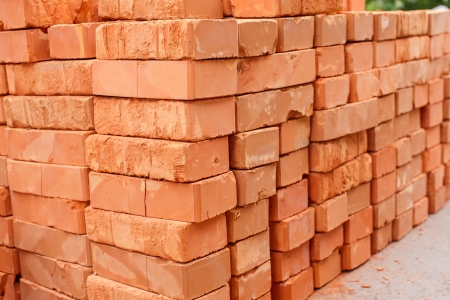Exploring the Diverse Types of Brick in Construction

Bricks have been a fundamental building material for centuries, serving as the backbone of construction projects worldwide. Their versatility, durability, and aesthetic appeal make them a preferred choice in various architectural styles. In this article, we will delve into the different types of bricks used in construction, each with its unique properties and applications.
1. Common Burnt Clay Bricks:
- These are the most traditional and widely used bricks in construction.
- Made from natural clay, they are shaped and then fired in kilns to achieve strength and durability.
- Common burnt clay bricks are suitable for general construction but may not be ideal for structures exposed to extreme weather conditions.
2. Engineering Bricks:
- Engineered for enhanced strength and low water absorption, engineering bricks are commonly used in projects where structural integrity is crucial.
- They are often chosen for below-ground applications due to their resistance to water penetration.
- Engineering bricks come in various colors, offering architects a range of aesthetic options.
3. Concrete Bricks:
- Manufactured by mixing cement, aggregates, and water, concrete bricks provide a cost-effective alternative to traditional clay bricks.
- They are known for their high compressive strength, durability, and resistance to weathering.
- Concrete bricks are commonly used in load-bearing walls and other structural elements.
4. Sand Lime Bricks:
- Created by mixing sand, lime, and fly ash with water, sand lime bricks are cured through a process of steam pressure and high temperature.
- These bricks offer excellent strength, durability, and a smooth finish.
- Sand lime bricks are often preferred for their uniformity and the ability to be accurately shaped during production.
5. Fly Ash Bricks:
- An environmentally friendly option, fly ash bricks are made by combining fly ash (a waste byproduct of coal combustion), cement, and sand.
- These bricks are lightweight, have good thermal insulation properties, and contribute to sustainable construction practices.
- The utilization of fly ash in brick production helps reduce the environmental impact associated with traditional clay bricks.
6. Hollow Bricks:
- Designed with cavities or voids, hollow bricks are lighter and offer better thermal insulation compared to solid bricks.
- These bricks are commonly used in non-load-bearing walls, reducing the overall weight of the structure.
- Hollow bricks also facilitate the installation of electrical wiring and plumbing within the wall.
7. Facing Bricks:
- Also known as veneer bricks, facing bricks are designed for aesthetic purposes.
- These bricks come in various textures, colors, and finishes, enhancing the visual appeal of a structure.
- While facing bricks may not possess the same load-bearing capacity as structural bricks, they play a crucial role in defining the exterior appearance of a building.
In the world of construction, the choice of bricks goes beyond mere aesthetics. Each type of brick serves a specific purpose, offering a unique set of properties to meet the diverse requirements of different projects. Whether it's the traditional clay brick or the innovative fly ash brick, understanding the characteristics of each type empowers architects and builders to make informed decisions, ensuring the longevity and resilience of the structures they create.
Latest Tips & Articles
-
Exploring the Differences Between Low-Pressure Soft Washing and Traditional Pressure Washing
Maintaining the exterior of your home or business is essential for curb appeal, longevity, and overall property value. When it comes to cleaning surfaces like sidings, roofs, and decks, two popular methods are often employed: low-pressure soft washing and traditional pressure washing. While both techniques aim […]
-
The Advantages of Soft Washing for Central Alabama Homes
Maintaining the exterior of your home in Central Alabama can be challenging, especially with the region's humid climate and frequent bouts of rainfall. Traditional pressure washing methods, while effective in some cases, may not always be the best solution. Soft washing, on the other hand, has […]
